As the weather begins to cool, Japan puts on a new coat of brilliant red, orange, and yellow colors that spread across the hills, ancient temples, and rural roads. This is also the time when a series of traditional autumn festivals take place - where Japanese people express their gratitude to nature, their ancestors, and their current life.
Have you ever heard of famous autumn festivals like Jidai Matsuri in Kyoto, or Kurama no Hi Matsuri with hundreds of torches shining among the red leaves? If not, let's embark on a journey to discover Japanese autumn that can make you more fascinated than cherry blossom season...
1. Why is autumn the festival season in Japan?
Autumn festival at ancient Japanese temple – The beauty of the harmony between nature, beliefs and traditional culture. (Photo: Trong Tai | Tien Phong Newspaper)
It is no coincidence that autumn is considered by the Japanese to be the most beautiful season of the year. From late September to early November, the weather in most regions is cool, the sky is clear, it is the ideal time to organize outdoor activities, especially traditional festivals.
Since ancient times, autumn has been the time when farmers held thanksgiving ceremonies for the harvest (Shinto Harvest Festivals). This custom has developed into grand festivals, varying from region to region.
In addition, the red leaf season (koyo/momiji) also has a special meaning in Japanese culture: a symbol of change, depth and a bit of nostalgia. Many festivals take place at temples and pagodas located in the middle of the forest, creating a sacred and brilliant scene, which is also a unique experience that cannot be found in any other season.
2. Top 5 outstanding autumn festivals in Japan
Jidai Matsuri Parade in Kyoto – A festival that recreates vivid history amid the autumn leaves season. (Photo: Kanpai)
Every autumn, Japan is bustling with a series of traditional festivals, from historical parades to torchlit religious ceremonies. Here are 5 typical festivals that will help you fully experience the cultural beauty and autumn leaves season in the Land of the Rising Sun.
2.1. Jidai Matsuri – Festival reenacting thousand-year history in Kyoto
- Time: October 22 every year
- Location: Ancient capital Kyoto
Jidai Matsuri (時代祭 – Festival of the Ages) is one of the three biggest festivals in Kyoto, held to celebrate the founding of the Heian capital (present-day Kyoto). The most special feature of the festival is the parade of more than 2,000 people wearing traditional costumes reenacting the historical periods of Japan from the Heian, Kamakura, Muromachi to Edo periods.
The changing colors of the autumn leaves make the samurai armor and noble kimonos stand out even more. If you want to experience the authentic "ancient" atmosphere, this is the festival you cannot miss.
2.2. Kurama no Hi Matsuri – Fire festival blazing in the autumn forest
- Time: October 22
- Location: Kurama Village, northern Kyoto
On the same day as Jidai Matsuri, but with a completely different vibe, Kurama no Hi Matsuri offers a mystical and intense experience. In the evening, locals (including children) carry large torches throughout Kurama village to simulate the ancient procession of the gods.
The bonfires burning amidst the red leaves of Kurama create a surreal atmosphere, both sacred and emotional. This is one of the most unique festivals in Japan, attracting thousands of visitors every year.
2.3. Takayama Autumn Festival – The quintessence of Gifu mountain festival
- Time: October 9–10
- Location: Takayama City, Gifu Prefecture
Recognized by UNESCO as an Intangible Cultural Heritage, the Takayama Autumn Festival is one of the most beautiful and elaborate festivals in Japan. The highlight is the intricately crafted yatai (festival floats), which are lit up with lanterns at night.
In the space of deep green mountains dotted with red leaves, the floats move slowly through the old streets, giving the feeling of stepping into an Edo period movie. If you love traditional architecture and meticulous attention to detail, this festival will surely overwhelm you.
2.4. Nikko Toshogu Shrine Festival – Historic procession amidst the red leaves
- Time: October 17–18
- Location: Toshogu Shrine, Nikko, Tochigi Prefecture
Toshogu is the final resting place of Tokugawa Ieyasu, the famous shogun who started the Edo period. In the fall, the Toshogu Shrine festival recreates a samurai procession with more than 1,000 people dressed in traditional costumes, recreating the historical setting of the 17th century.
The scene takes place amidst rows of maple and cedar trees turning red and yellow, creating a picture of both culture and nature. Nikko is one of the most famous autumn leaves viewing spots in Japan, so you can combine tourism and experiencing the festival in the same trip.
2.5.. Kishiwada Danjiri Matsuri – The most exciting festival in the Kansai region
- Time: Mid-September
- Location: Kishiwada City, Osaka Prefecture
If the above festivals are solemn, Kishiwada Danjiri Matsuri will overwhelm you with its excitement and drama. More than 30 danjiri (carved wooden floats) weighing several tons are pulled by local youths around the city at breakneck speed.
Cheers and drums resound throughout the streets. This is considered the most “bloody” festival in Japan, demonstrating the community strength and the fearless spirit of the Kansai people. If you want to experience the “burning” atmosphere, this is the place to go.
3. Experiences not to be missed when traveling to Japan during the festival season
Wearing kimono in the old town of Kyoto in autumn – A traditional experience. (Photo: Collected)
Not only is it an opportunity to admire the red leaves or check-in at brilliant traditional festivals, autumn in Japan also brings countless exquisite experiences, helping you feel the depth of culture and the local lifestyle more fully. If you come to Japan this season, don't miss the special moments below:
3.1. Wearing a kimono amidst the red autumn leaves of Japan
There is nothing more "Japanese" than the feeling of wearing a traditional kimono and walking slowly through ancient streets covered in red leaves like Gion (Kyoto), Higashiyama or Nikko.
Many local shops rent kimonos in styles ranging from elegant royal to dynamic modern, complete with professional hair, makeup and photography services. In just a few hours, you will feel like a character from a Japanese historical novel.
3.2. Enjoy typical Japanese autumn cuisine
Japanese cuisine is famous for its seasonal flair and autumn is the time for “precious” ingredients:
- Matsutake mushroom – a rare mushroom known as the “Japanese truffle”
- Charcoal grilled sanma mackerel – fatty and fragrant
- Roasted chestnuts, baked potatoes, or red leaf bento – street snacks with a strong autumn flavor
- Seasonal Wagashi – traditional sweets inspired by the shapes of maple leaves, yellow chrysanthemums, and red roses
The above dishes are not only delicious, this is the way the Japanese invite you to "eat autumn" with both taste and sight.
3.3. Stroll around ancient temples and pagodas, immerse yourself in the traditional festival atmosphere
One of the things that makes Japanese autumn festivals so special is how they are held right in the space of ancient temples, among forests of changing leaves.
The space is both sacred and poetic. You can hear the sound of festival drums in the distance, see groups of people dressed in traditional costumes walking slowly under the shimmering lanterns. It is the moment when you truly feel like you are no longer a tourist, but part of a cultural story coming to life.
3.4. Check-in at famous red leaf viewing spots in Japan near festivals
Most of the fall festivals are located near famous fall foliage viewing spots:
- Kurama – Kibune (Kyoto): combines fire festival and maple forest walk
- Tofukuji Temple: the legendary Tsutenkyo bridge in the sea of red leaves
- Nikko: Ancient Cedar Forest and Lake Chuzenji
- Arashiyama: bamboo forests, red leaves, and the end-of-season light festival
These locations are usually at their peak in mid to late October, right around the time of major festivals, allowing you to maximize your experience without having to travel too much.
4. Suggested itinerary for autumn travel to Japan (7–10 days)
Icho Namiki Avenue, about 300 meters long, is one of the most beautiful walkways in Tokyo in autumn with rows of brilliant ginkgo trees. (Photo: Collected)
One of the best things about traveling to Japan in the fall is that you can combine viewing red leaves, participating in festivals, and exploring traditional culture in just one short trip. Below is a suggested itinerary for a 7-10 day trip, stretching from Tokyo to Kyoto, Nikko, and Osaka – places that combine both nature and cultural heritage during the festival season.
Day 1–2: Tokyo – The Beginning of Modern Life
Check-in: Shibuya, Harajuku, Omotesando – blending in with the autumn colors on every street
Viewing red leaves: Yoyogi Park, Rikugien Garden (begins to change color in late October)
Experience: Try grilled sanma at Tsukiji market / join a wagashi workshop
- Travel suggestion: Get around the city by JR train + metro.
- Note: Tokyo doesn't have any major festivals in the fall, but it's a great place to get acquainted with modern Japan before "going back in time."
Day 3–4: Nikko – Historical Festival and Mythical Autumn Leaves
Join the festival: Nikko Toshogu Festival (October 17–18) – samurai palanquin procession through cedar forest
Viewing red leaves: Lake Chuzenji, Kegon Falls - one of the most beautiful momiji spots in the Kanto region
Explore: Toshogu Shrine, Cedar Avenue with thousands of ancient cedar trees
- Travel: From Tokyo to Nikko by Tobu or JR train (about 2–2.5 hours)
- Note: You should book a hotel early, because the festival season + red leaves are very crowded with domestic tourists.
Days 5–7: Kyoto – The Soul of Autumn in Japan
- Join the festival:
Jidai Matsuri (October 22) – a magnificent historical reenactment
Kurama no Hi Matsuri – the mystical torch festival at night
- Red leaf viewing:
Tofukuji – the famous Tsutenkyo bridge
Eikando, Nanzenji, Arashiyama – the peak of Kyoto's red leaf season
Experience: Rent a kimono – drink tea – walk in the old town of Gion
- Travel: From Nikko to Tokyo → Shinkansen to Kyoto (2.5h)
- Tip: Buy a 7-day Japan Rail Pass to save on long-distance travel costs
Days 8–10: Osaka – Vibrant & rich in Kansai identity
Join the festival: If you go from mid-September, you can visit Kishiwada Danjiri Matsuri - the most bustling float festival
Food: Try takoyaki, okonomiyaki at Dotonbori
Relax: Go up to Abeno Harukas Tower to see the whole autumn city view
- Travel suggestion: Kyoto – Osaka by JR train (30 minutes)
- Extended option: You can combine a 1-day trip to Nara to see the red leaves at Nara Park and interact with deer.
Some notes to optimize the schedule:
- Ideal time: October 10 – October 25 is the peak of both festivals and red leaves in the above regions.
- Transportation: The 7-day Japan Rail Pass is well worth it if you travel to multiple regions (Tokyo – Nikko – Kyoto – Osaka)
- Reservations: As early as possible, especially in the Kyoto area
- Clothing: Wear flat shoes, light jacket – convenient for moving around a lot + cold weather
5. Autumn travel experience in Japan: What to prepare?
Japanese temples are bright during the festival season and the maple leaves change color. (Photo: Collected)
Autumn in Japan is enchantingly beautiful, but there are also some "small but powerful" things you should know to make your trip smoother, avoid problems, and fully enjoy the festive atmosphere and red leaf season.
How to look up accurate and up-to-date festival information
- Official city/region websites: For example, Kyoto, Nikko, Osaka tourism websites often update festival and event calendars every year.
- Japan National Tourism Organization (JNTO) website: https://www.japan.travel/en/
- Social media: Instagram, Facebook pages of festivals are also hot sources of information, especially to see real pictures, changing hours
- Japan travel apps: Apps like “Navitime” and “HyperDia” not only support travel but also have an event section.
Tips for renting a kimono and preparing your outfit
- Book online: Many famous kimono rental shops in Kyoto and Tokyo have English-language websites, so you should book in advance to choose the design you like and avoid running out of stock.
- Choose the right type for autumn: Autumn kimonos are often thicker in material and warm in color, combined with a scarf to keep warm in the evening.
- Footwear: Traditional geta shoes can be difficult to walk in, so choose easy-to-walk shoes or wear comfortable flats while wearing kimono.
- Bring a light jacket and scarf: Evenings and early mornings in Japan in autumn are quite cold, especially in the mountains.
Book tickets, rooms and transportation
- Book early: Kyoto and Nikko especially fill up quickly during the festival season.
- JR Pass: Buy online in advance to save on travel costs between major cities
- Festival tickets: Most traditional festivals are free or have very low admission fees, but special events (such as VIP processions) may require advance reservations.
- Rent wifi/4G Sim: Helps you easily update festival schedules and information
Must-Bring Things to Enjoy Autumn in Japan
- Light jacket, thin sweater: Suitable for cold weather
- Comfortable walking shoes: Since you will be walking a lot, both in the old town and in the mountains
- Good camera or phone: To capture the red leaves and brilliant festival moments
- Backup battery: Because you use your phone constantly to check information and take pictures
- Offline map/translation app: Helps you move around and communicate easily if you don't speak Japanese.
FAQs – Frequently asked questions when traveling to Japan in autumn
1. When does the red leaf season in Japan usually take place?
The autumn leaves (koyo) start changing color from late September in Hokkaido and gradually spread to southern Japan until late November. The Kanto region (Tokyo – Nikko) and Kansai region (Kyoto – Osaka) are usually at their most brilliant from mid to late October.
2. When should I go to Japan in autumn to see both red leaves and festivals?
Around October 10 – October 25 is the golden time:
- Leaves begin to turn red in Nikko, Kyoto, and Takayama.
- Major festivals such as Jidai Matsuri, Kurama no Hi Matsuri, Nikko Toshogu Festival take place
3. Is the autumn weather in Japan cold?
The days are cool, between 18–22°C, but early mornings and nights can drop to 12–15°C. In mountainous areas like Nikko or Takayama, the weather is even colder. Bring a light jacket, scarf and closed-toe shoes.
4. Do I need to buy a JR Pass to travel to Japan in the fall?
If you are traveling from Tokyo – Nikko – Kyoto – Osaka, the 7-day Japan Rail Pass is a cost-effective option. You can use it to ride the Shinkansen and JR lines within the city.
5. I don't know Japanese, can I travel on my own?
Absolutely! Japan is very tourist friendly:
- Most signs are in English.
- The tourist staff at the station/tourist center were very helpful.
- Just install supporting apps like Google Translate, Navitime, Japan Travel and you can rest assured.
6. Where can I buy festival items or fall specialties?
Festival areas often have local stalls selling seasonal crafts and sweets (such as red leaf wagashi, candied chestnuts, and handmade pottery). You can also find them at train stations (eki), airports, or on old streets.
7. Do I need to buy travel insurance when going to Japan?
Yes, you should. Japan has a high-quality medical system, but it can be very expensive without insurance. You should choose an international travel insurance package that includes medical benefits, lost luggage, and trip cancellation for peace of mind.
8. Should I travel on a tour or on my own in the fall?
- Tour: Suitable if you want to save time, not worry about booking tickets/scheduling
- Self-sufficient: Flexible, proactive in choosing festivals and favorite destinations - very suitable for those who like deep experiences - slow travel - slow living.
Autumn in Japan is not only beautiful because of the brilliant red leaves, but also makes people remember forever because of the traditional festivals filled with sound, light and cultural depth. Each torch burning brightly in the Kurama night, each step of the parade in Jidai Matsuri, each wisp of smoke from grilled mackerel spreading on the street… all create a very different Japan – quiet but full of life.
If you ever thought that cherry blossoms were the pinnacle of Japanese beauty, then perhaps autumn will make you think again. This is not just a season to admire, but also a season to feel, touch and live fully in every cultural moment here. What are you waiting for? Save this article as a pocket guide and plan early from September to fully prepare everything for a perfect trip to Japan in autumn 2025!
With the above "tips" for traveling to Japan in the fall to experience the festival will help you. Wish you have a memorable trip!
Source: https://www.vietravel.com/vn/am-thuc-kham-pha/kinh-nghiem-du-lich-nhat-ban-mua-thu-le-hoi-v17821.aspx


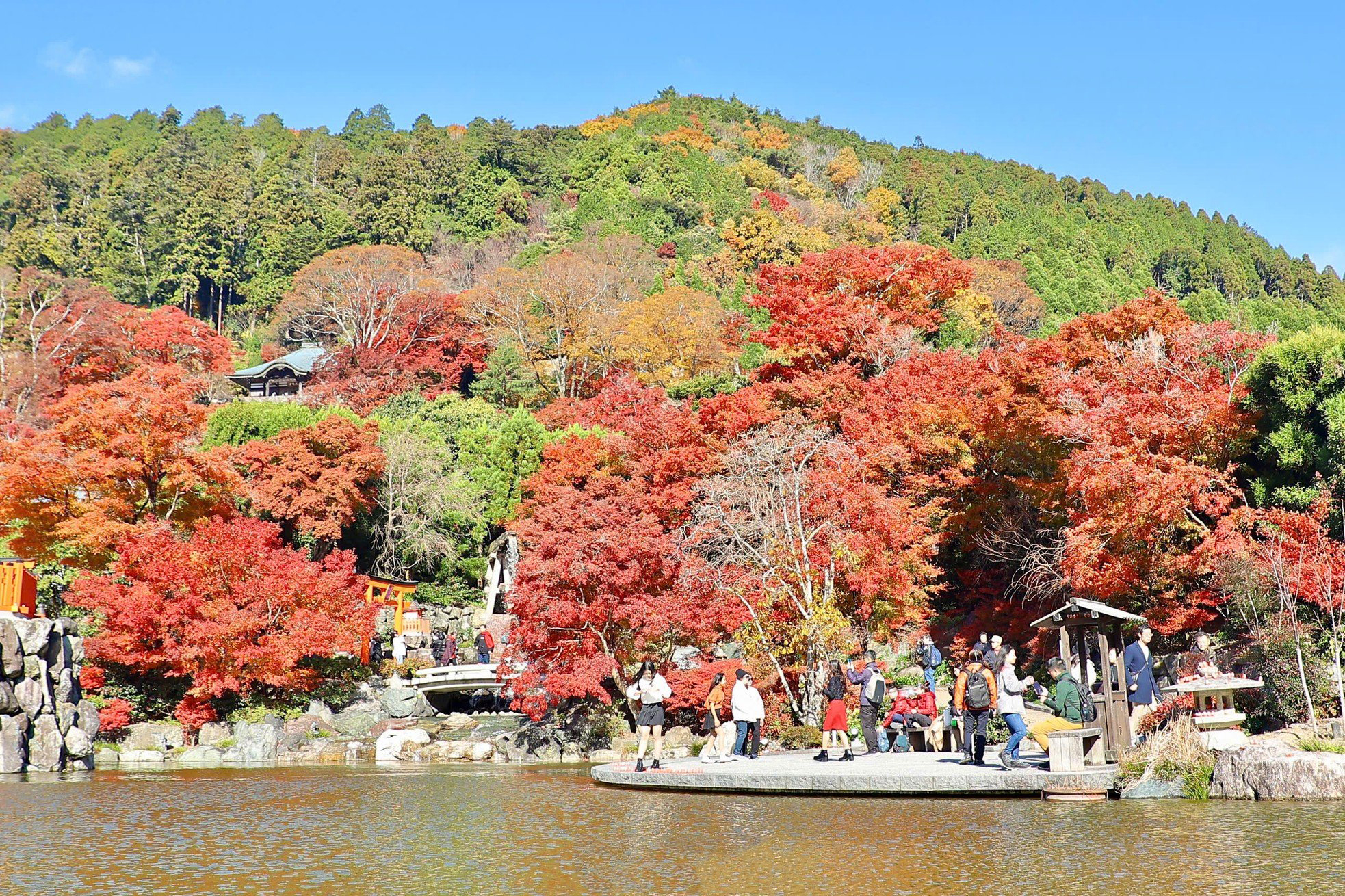
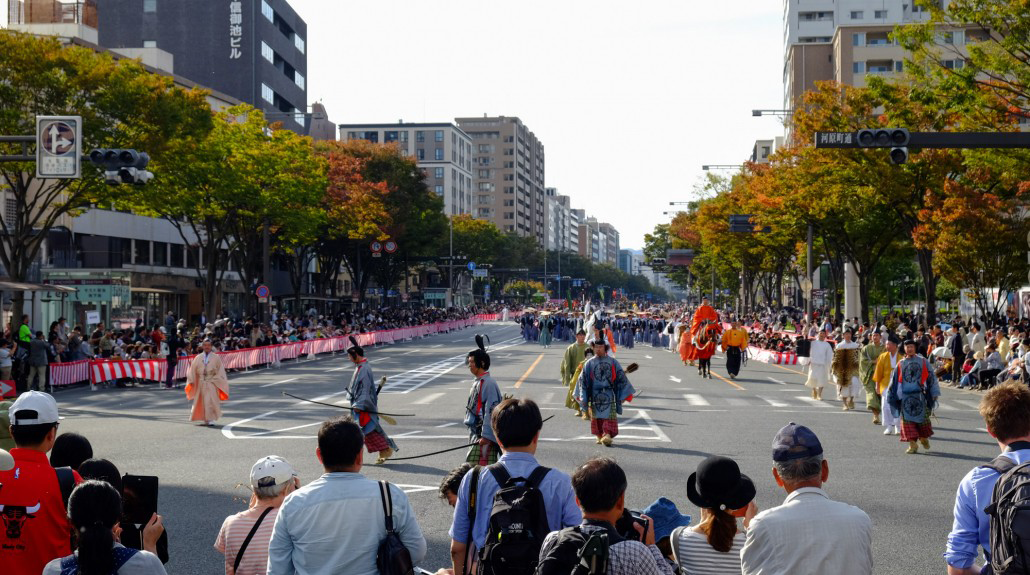
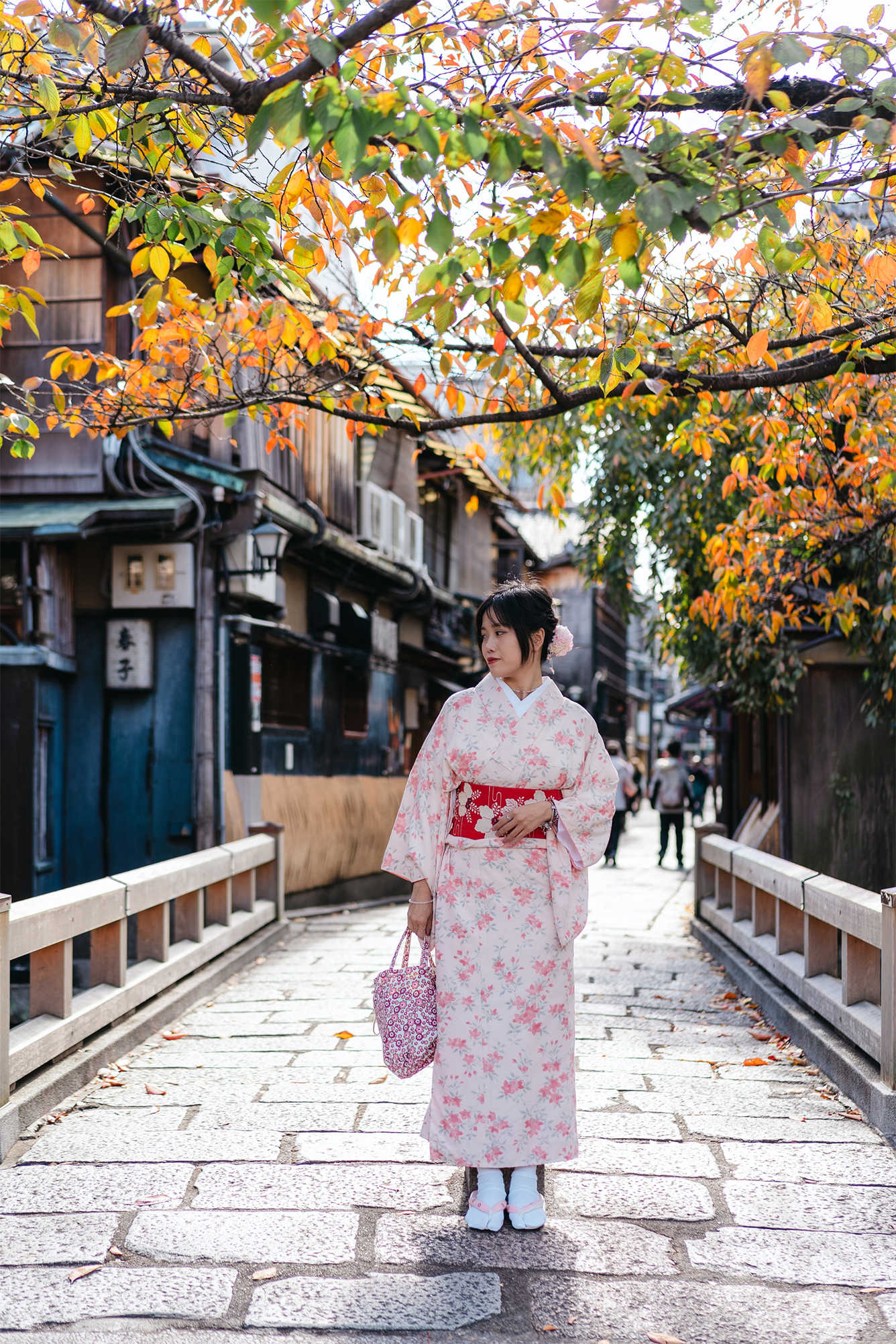
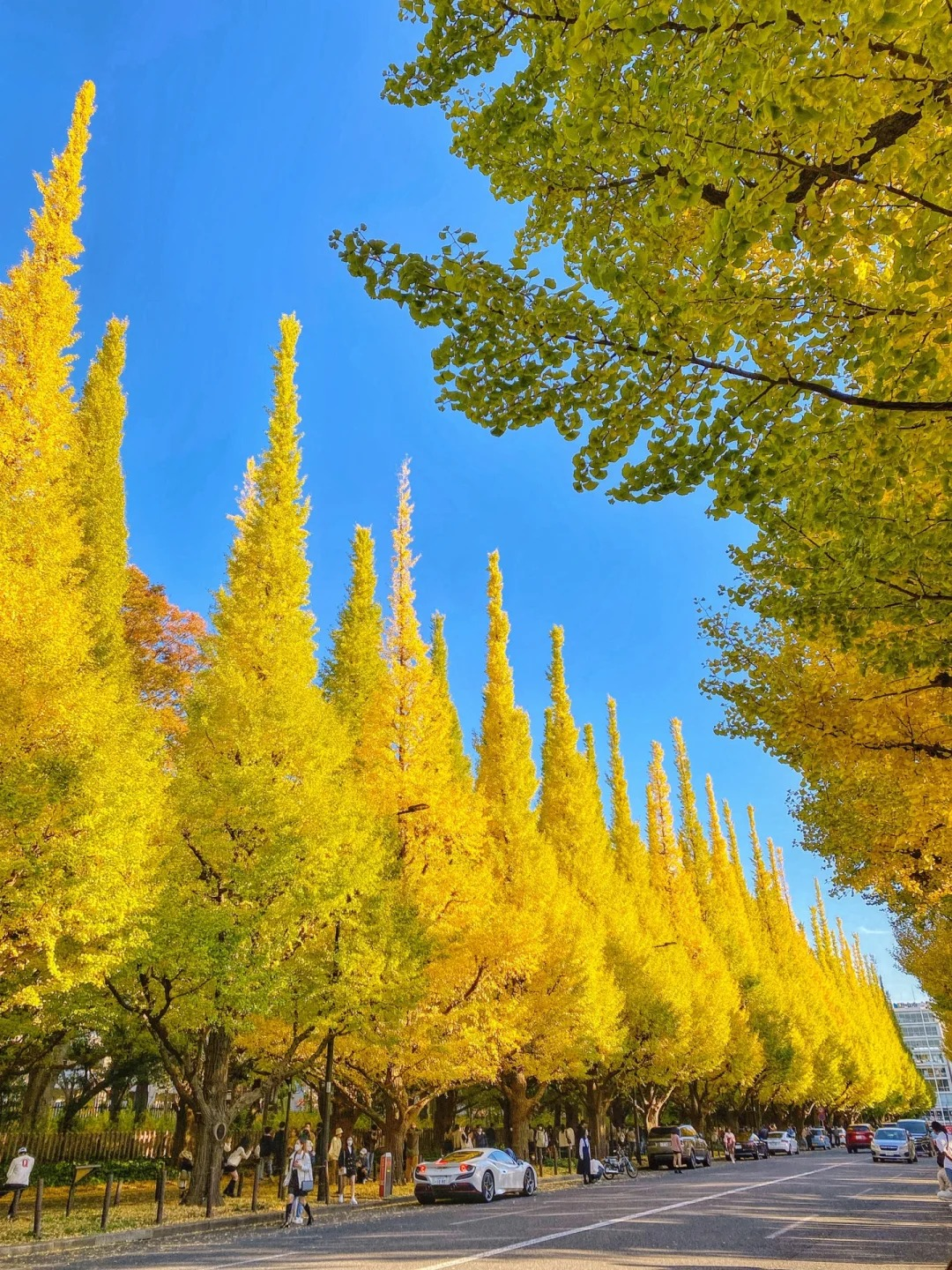
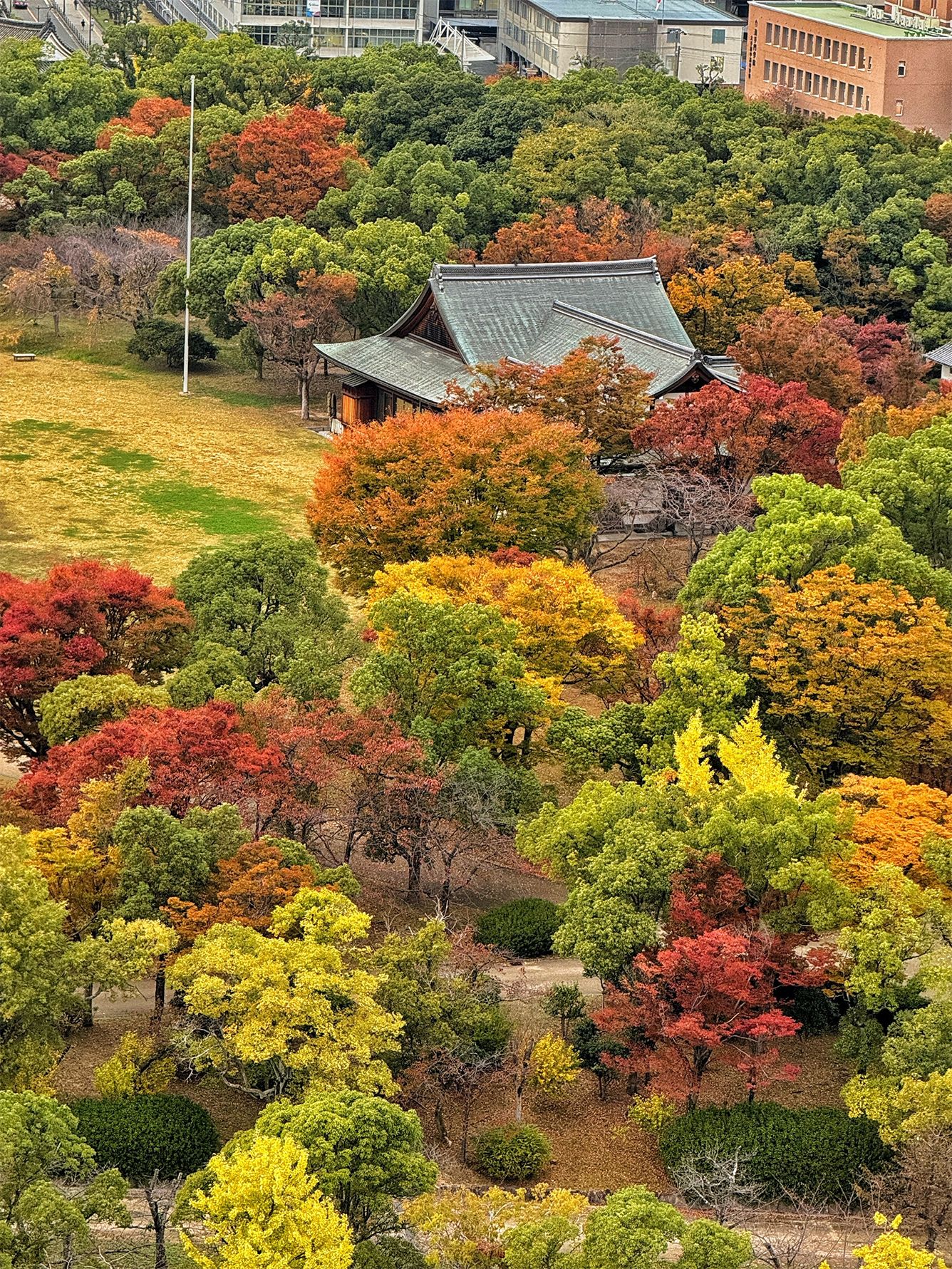
![[Photo] Discover unique experiences at the first World Cultural Festival](https://vphoto.vietnam.vn/thumb/1200x675/vietnam/resource/IMAGE/2025/10/11/1760198064937_le-hoi-van-hoa-4199-3623-jpg.webp)

![[Photo] Opening of the World Cultural Festival in Hanoi](https://vphoto.vietnam.vn/thumb/1200x675/vietnam/resource/IMAGE/2025/10/10/1760113426728_ndo_br_lehoi-khaimac-jpg.webp)
![[Photo] General Secretary attends the parade to celebrate the 80th anniversary of the founding of the Korean Workers' Party](https://vphoto.vietnam.vn/thumb/1200x675/vietnam/resource/IMAGE/2025/10/11/1760150039564_vna-potal-tong-bi-thu-du-le-duyet-binh-ky-niem-80-nam-thanh-lap-dang-lao-dong-trieu-tien-8331994-jpg.webp)




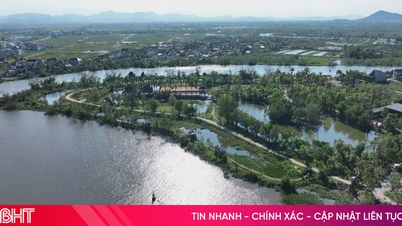

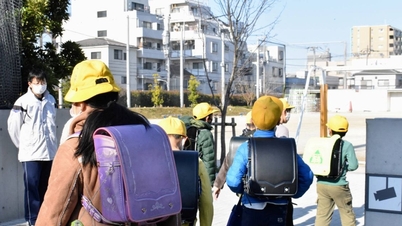






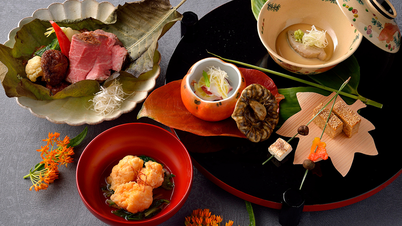



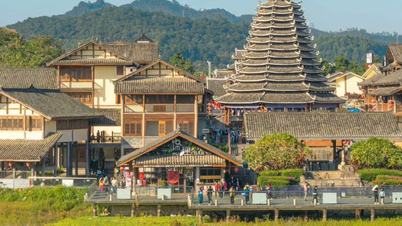
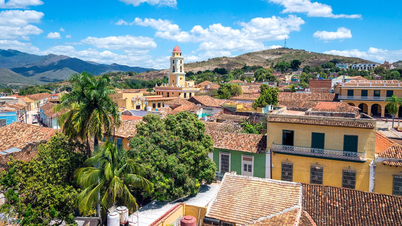






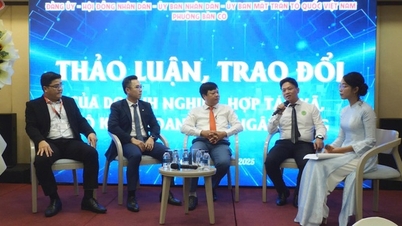

![[Photo] Ho Chi Minh City is brilliant with flags and flowers on the eve of the 1st Party Congress, term 2025-2030](https://vphoto.vietnam.vn/thumb/1200x675/vietnam/resource/IMAGE/2025/10/10/1760102923219_ndo_br_thiet-ke-chua-co-ten-43-png.webp)






























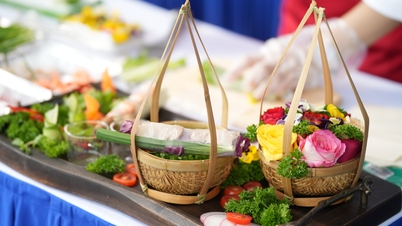

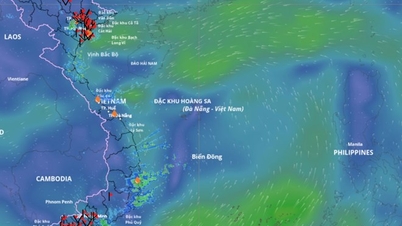


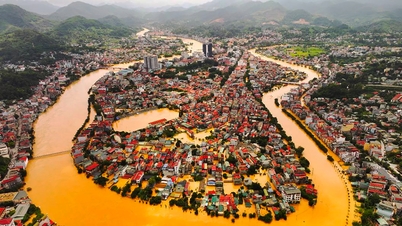
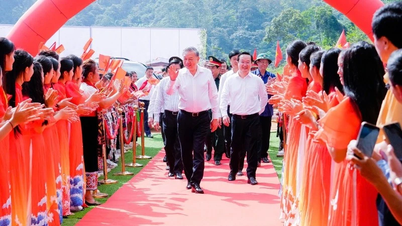




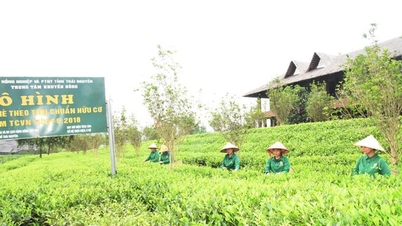
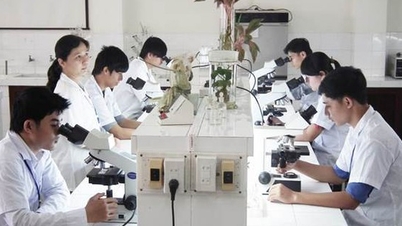

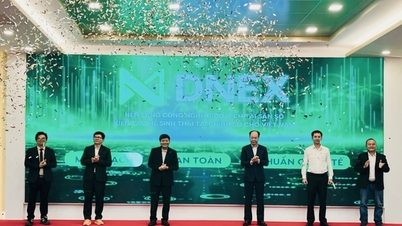
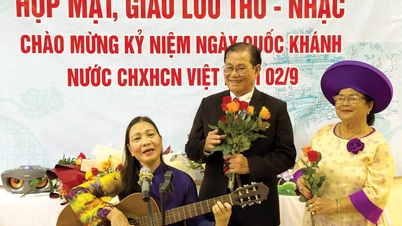


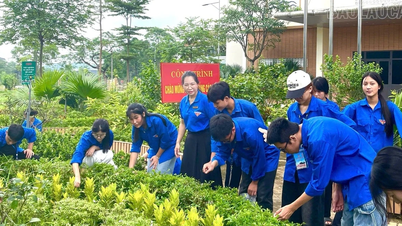














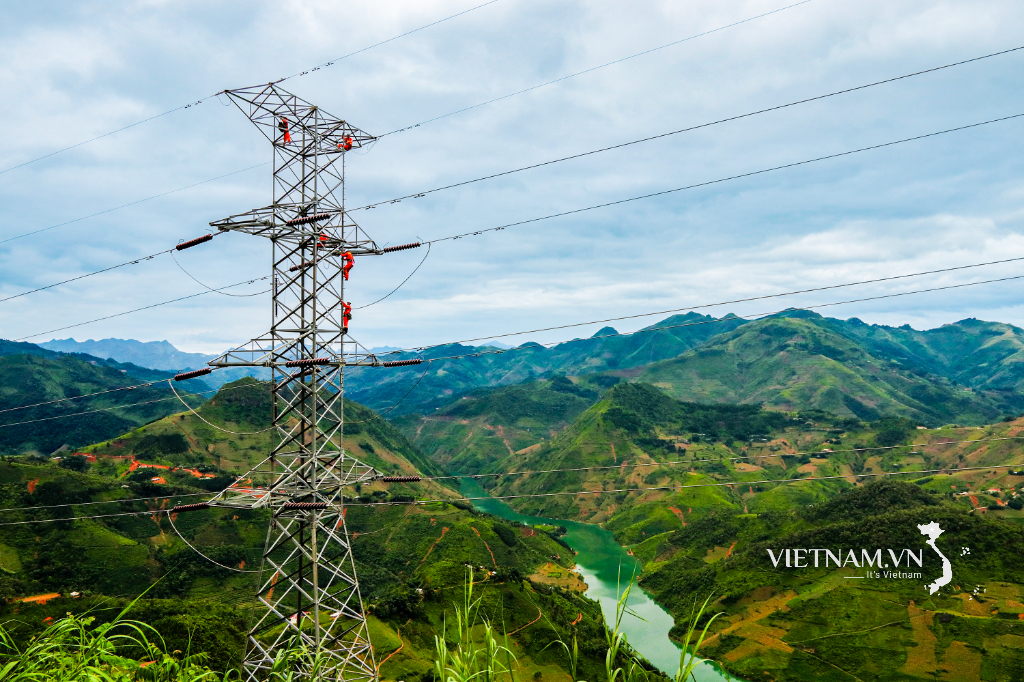

Comment (0)